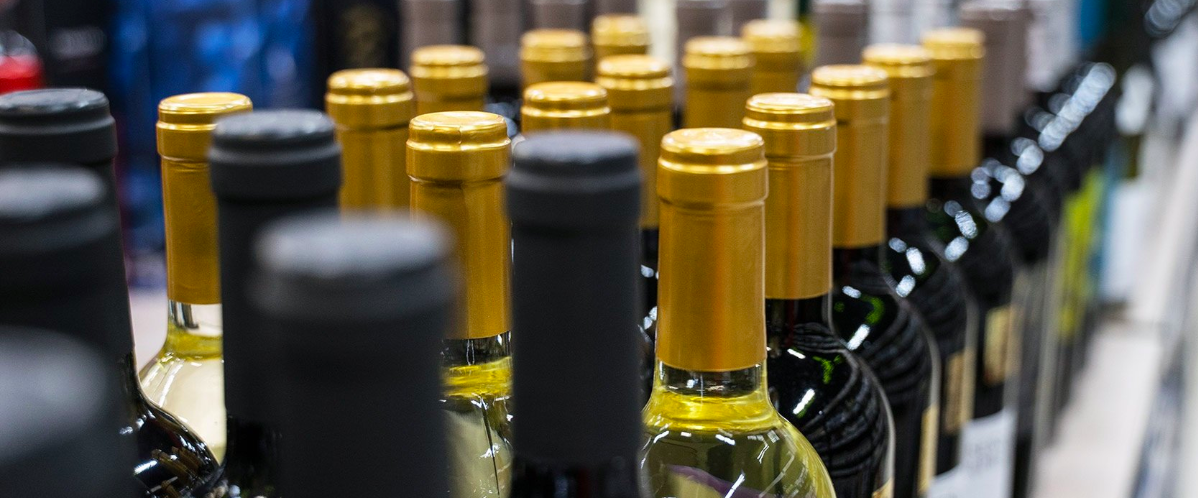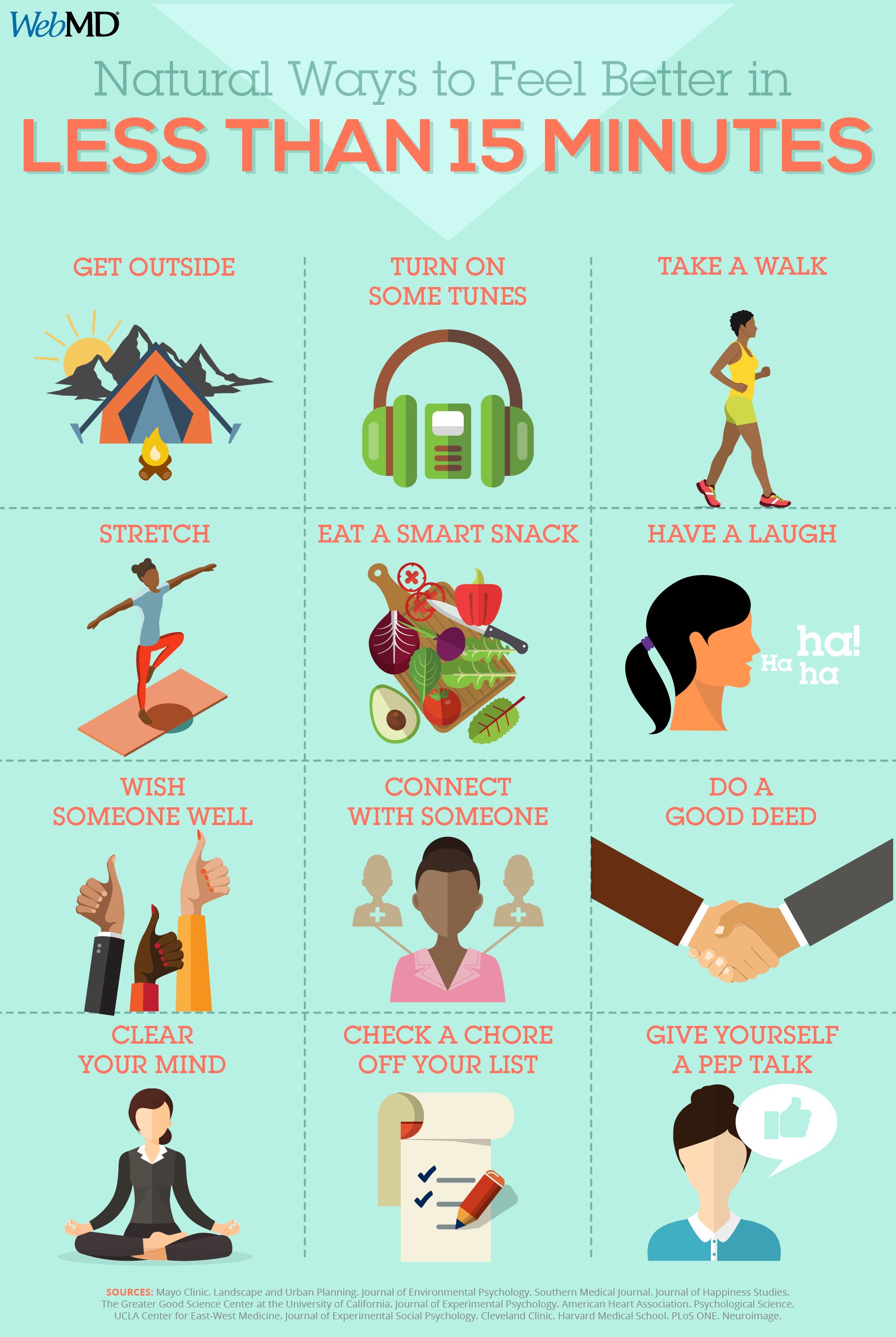
A Sobering Issue
Alcohol abuse has serious health consequences. According to an Australian study presented at the European Emergency Medicine Conference in Barcelona on Tuesday, patients who visited the emergency room for alcohol-related reasons returned 44% more times over the next 10 years, and were 138% more likely to die within the next 20 years, than patients whose illnesses or injuries were not caused by alcohol.
Other research has found that alcohol-related deaths in the United States increased dramatically between 2007 and 2020. In 2021, they jumped again, to 108,791 alcohol-related deaths. That’s more than the number of drug overdoses from opioids, methamphetamine, and cocaine combined.
For many of the 29.5 million Americans with alcohol use disorder, a lack of self-confidence could be at the root of the problem. “The majority of those with severe alcohol use disorder have this ‘learned hopelessness,'” said Daniel Farmer, DO, the medical director at the West Virginia University Medicine Center for Hope and Healing. “[They’ve] had a life in which their perception has become warped to the point that they feel nothing can change for the better.”
As for “beer goggles,” the small Pitt study does not prove it’s a myth. The men in the study drank less than two alcoholic drinks in the experiment. Most people drinking that amount “do not participate in risky behaviors” or lose inhibitions to the point of desiring another at a “higher level,” Farmer said.
Sayette said they hope the study demonstrates the importance of studying physical attraction in settings that mimic real life. Larger future studies could include volunteers who all drink together in a room, or even take the research out to a bar and interview the patrons.
It’s all part of an effort to uncover habits and behaviors that can lead to problem drinking. “If we can help people to understand what they’re getting out of their drinking experiences, they might be able to achieve their social goals without alcohol, whether it’s social bonding, or improved mood, or intimacy,” Bowdring said.











